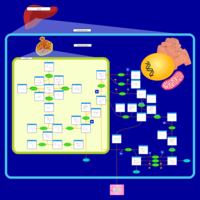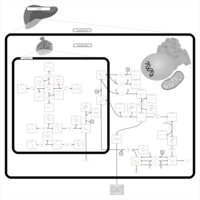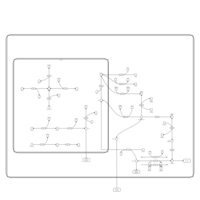| Description | Sucrose is a nonreducing disaccharide composed of glucose and fructose linked via their anomeric carbons. It is obtained commercially from sugarcane (Saccharum officinarum), sugar beet (Beta vulgaris), and other plants and used extensively as a food and a sweetener. Sucrose is derived by crushing and extracting sugarcane with water or by extracting sugar beet with water, evaporating, and purifying with lime, carbon, and various liquids. Sucrose is also obtainable from sorghum. Sucrose occurs in low percentages in honey and maple syrup. Sucrose is used as a sweetener in foods and soft drinks, in the manufacture of syrups, in invert sugar, confectionery, preserves and jams, demulcent, pharmaceutical products, and caramel. Sucrose is also a chemical intermediate for detergents, emulsifying agents, and other sucrose derivatives. Sucrose is widespread in the seeds, leaves, fruits, flowers, and roots of plants, where it functions as an energy store for metabolism and as a carbon source for biosynthesis. The annual world production of sucrose is in excess of 90 million tons mainly from the juice of sugar cane (20%) and sugar beet (17%). In addition to its use as a sweetener, sucrose is used in food products as a preservative, antioxidant, moisture control agent, stabilizer, and thickening agent. BioTransformer predicts that sucrose is a product of 6-O-sinapoyl sucrose metabolism via a hydrolysis-of-carboxylic-acid-ester-pattern1 reaction occurring in human gut microbiota and catalyzed by the liver carboxylesterase 1 (P23141) enzyme (PMID: 30612223 ). |
|---|
| IUPAC Name | (2R,3R,4S,5S,6R)-2-{[(2S,3S,4S,5R)-3,4-dihydroxy-2,5-bis(hydroxymethyl)oxolan-2-yl]oxy}-6-(hydroxymethyl)oxane-3,4,5-triol |
|---|
| InChI Identifier | InChI=1S/C12H22O11/c13-1-4-6(16)8(18)9(19)11(21-4)23-12(3-15)10(20)7(17)5(2-14)22-12/h4-11,13-20H,1-3H2/t4-,5-,6-,7-,8+,9-,10+,11-,12+/m1/s1 |
|---|
| Pathways | | Name | SMPDB/PathBank |
|---|
| Galactose Metabolism |    | | Starch and Sucrose Metabolism |    | | Galactosemia |    | | Glycogen synthetase deficiency |    | | Glycogenosis, Type III. Cori disease, Debrancher glycogenosis |    | | Glycogenosis, Type IV. Amylopectinosis, Anderson disease |    | | Glycogenosis, Type VI. Hers disease |    | | Mucopolysaccharidosis VI. Sly syndrome |    | | Sucrase-isomaltase deficiency |    |
|
|---|